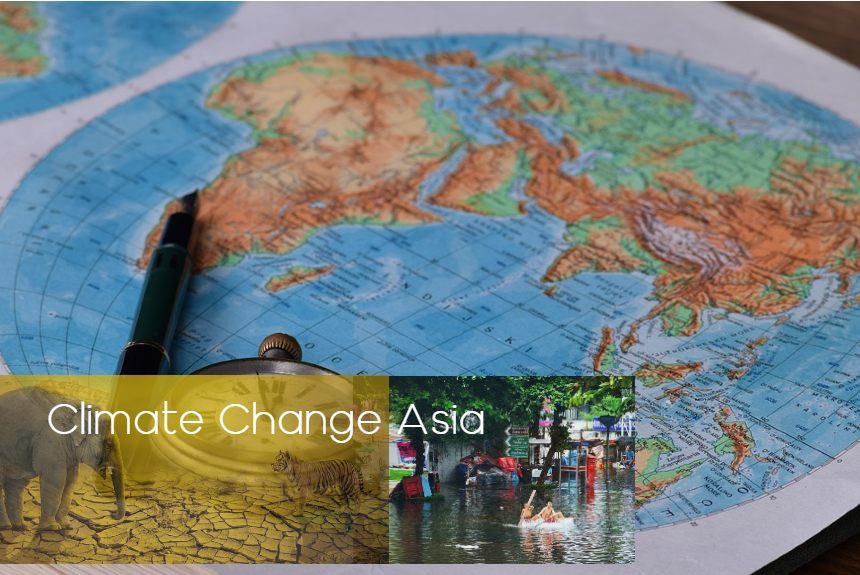An article on Asia Pathways says that most of the climate change risk in Asia is related to water.
According to the report, climate change risks will come either from water scarcity—from droughts, less precipitation, and receding glaciers in the Himalayas—or from flooding caused by heavy and extreme rainfall, storm surges, or sea-level rise.
Both situations can adversely affect the livelihoods of people in Asia, mainly if they rely on agriculture, health, water supply, power supply, ecosystems, and general well-being.
The article enumerates climate change risks in the Asian regions as follows:
First, climate change will alter rainfall patterns in Asia, both in amount and timing, causing extreme events.
The rainy season will see unprecedented heavy rains, and dry seasons will linger more, leading to droughts.
According to data, the number of floods and droughts in Asia has steadily increased since 1970, peaking between 2001 and 2010, when there were 1,752 flood events and 166 drought events.
Runoff produced by heavy rains poses a significant risk because of the pollution it carries, including litter, toxic chemicals and substances, and fertilizer. Runoffs can contaminate water sources, which can be detrimental to human, animal, and ecosystem health.
Second, receding glaciers and increased precipitation due to rising temperatures will affect the amounts of rivers and stream flows, impacting people living in the high mountains of Asia who depended on it for their water supply, power, irrigation, etc.
Sea-level rise (SLR) due to glacial melts also affects coastal countries such as Vietnam, Bangladesh, India, Indonesia, Thailand, and mainland China. Residents of these countries belong to 75% of the 300 million people projected to be inundated by SLR by 2050 under moderate reductions in emissions.
Thirdly, rising temperatures in Asia will also increase water demand and consumption by humans, animals, and plants.
This can lead to severe competition for water due to water scarcity and could spark conflicts in the region.
Addressing Asia’s water supply threats from climate change will require the region to ramp up its climate adaptation by transforming its water management practices and looking for innovative solutions.
An example is India’s Ladakh region, where they have created ice stupas or manufactured glaciers to ensure farmers have sufficient water to irrigate their crops. Innovative solutions combined with research, collaboration, and sharing of best practices can increase climate resilience in the region and minimize their losses.
Source Citation:
Kumse, K., Sonobe, T., & Rahut, D. (2021, May 14). Climate change impacts in Asia are all essentially a water story. Asia Pathways. Retrieved from https://www.asiapathways-adbi.org/2021/05/climate-change-impacts-asia-all-essentially-water-story/



Leave a Reply